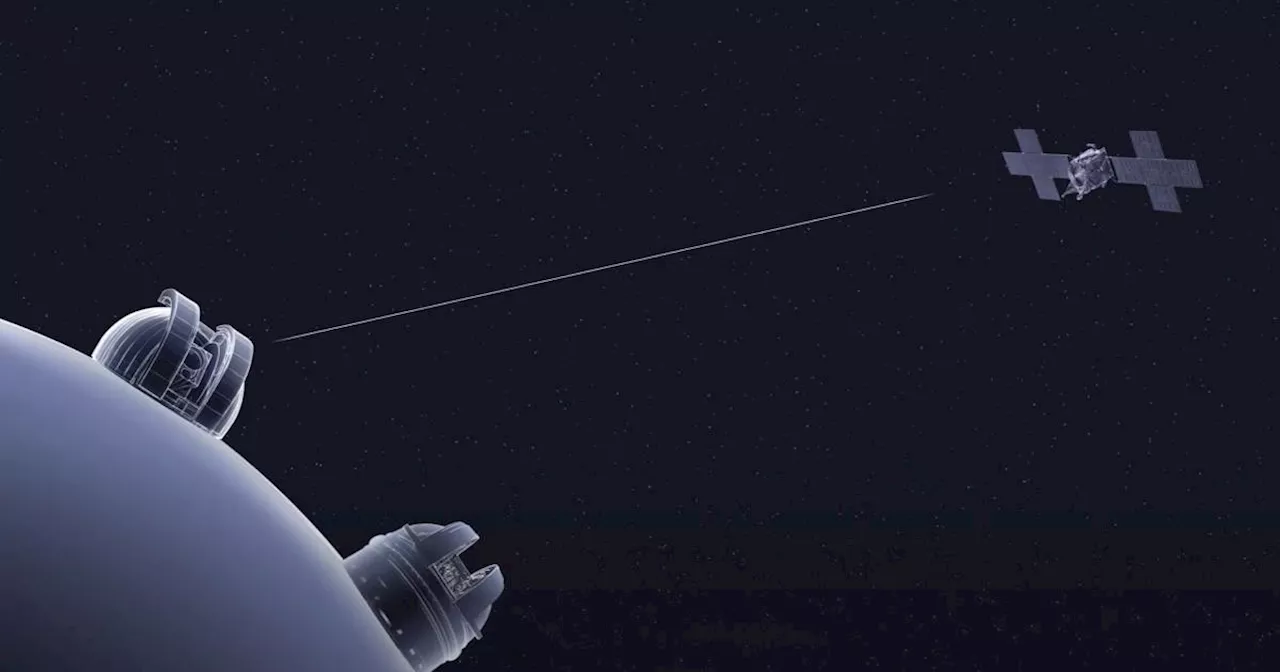NASA's Deep Space Optical Communications test has completed its first phase, showing that laser communications in space are possible and faster than radio.
NASA has a communications problem: The radio frequencies used by spacecraft for communications are getting too busy. As more missions are sent into outer space, and as these missions carry increasingly sophisticated instruments, the amount of data that needs to be sent back to Earth is growing beyond the capacity of current radio communications systems.
Recommended Videos That’s the aim of the Deep Space Optical Communications test, which has hitched a ride on the Psyche mission headed to the solar system’s main asteroid belt to test whether it’s possible to use lasers for more efficient communications. The experiment sent back its first test data last year, and earlier this year, it was able to send back actual spacecraft data successfully.
“The milestone is significant. Laser communication requires a very high level of precision, and before we launched with Psyche, we didn’t know how much performance degradation we would see at our farthest distances,” said DSOC’s operations lead, Meera Srinivasan, in a statement. “Now the techniques we use to track and point have been verified, confirming that optical communications can be a robust and transformative way to explore the solar system.
The team also wanted to test what data rates they could expect to see using laser communications from different distances. At 33 million miles away, comparable to Mars at its closest to Earth, DSOC achieved a bit rate of 267 megabits per second, which is similar to broadband internet speeds. At a much farther distance of 240 million miles, it still managed 6.25 megabits per second.
Dsoc Laser Communications Psyche Space
Philippines Latest News, Philippines Headlines
Similar News:You can also read news stories similar to this one that we have collected from other news sources.
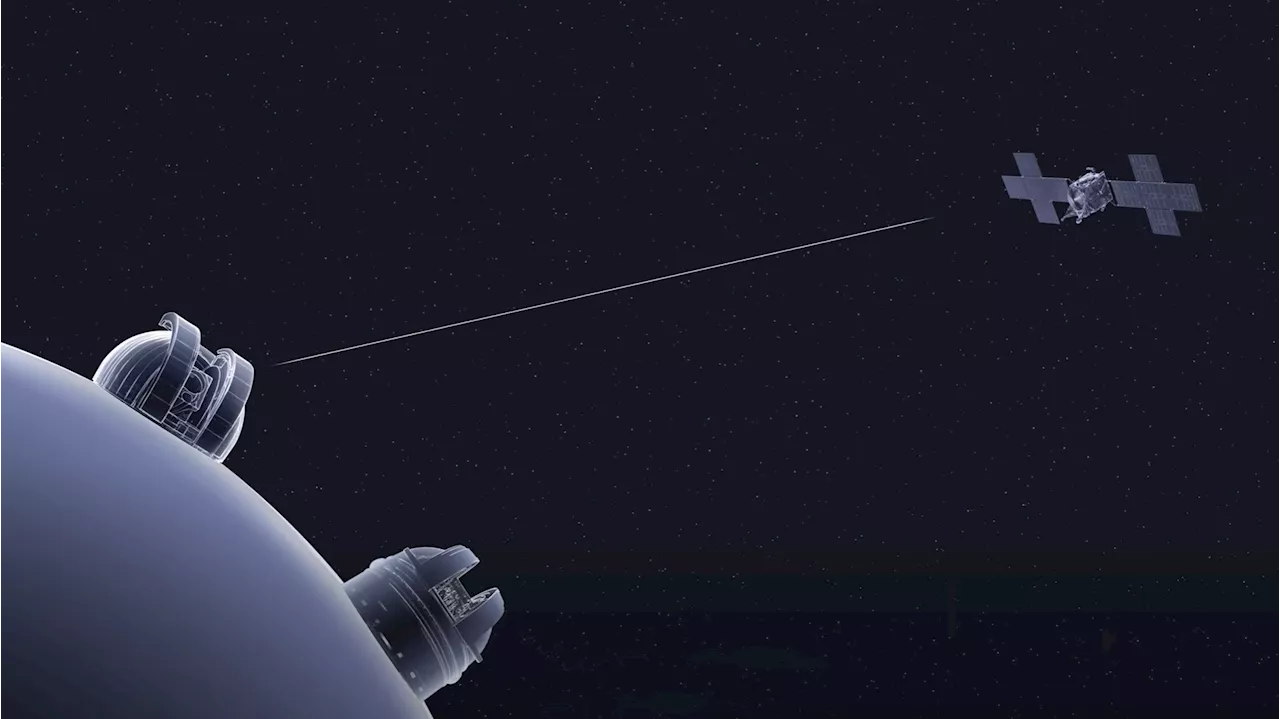 NASA’s Laser Comms Demo Makes Deep Space Record, Completes First PhaseThe Deep Space Optical Communications tech demo has completed several key milestones, culminating in sending a signal to Mars’ farthest distance from Earth.
NASA’s Laser Comms Demo Makes Deep Space Record, Completes First PhaseThe Deep Space Optical Communications tech demo has completed several key milestones, culminating in sending a signal to Mars’ farthest distance from Earth.
Read more »
 NASA, South Korea plan mission to unexplored region of deep spaceAndrew is a freelance space journalist with a focus on reporting on China's rapidly growing space sector. He began writing for Space.com in 2019 and writes for SpaceNews, IEEE Spectrum, National Geographic, Sky & Telescope, New Scientist and others.
NASA, South Korea plan mission to unexplored region of deep spaceAndrew is a freelance space journalist with a focus on reporting on China's rapidly growing space sector. He began writing for Space.com in 2019 and writes for SpaceNews, IEEE Spectrum, National Geographic, Sky & Telescope, New Scientist and others.
Read more »
 How NASA Astronauts Vote from Space Aboard International Space StationNASA astronauts aboard the International Space Station have the opportunity to vote in general elections through absentee ballots or early voting in
How NASA Astronauts Vote from Space Aboard International Space StationNASA astronauts aboard the International Space Station have the opportunity to vote in general elections through absentee ballots or early voting in
Read more »
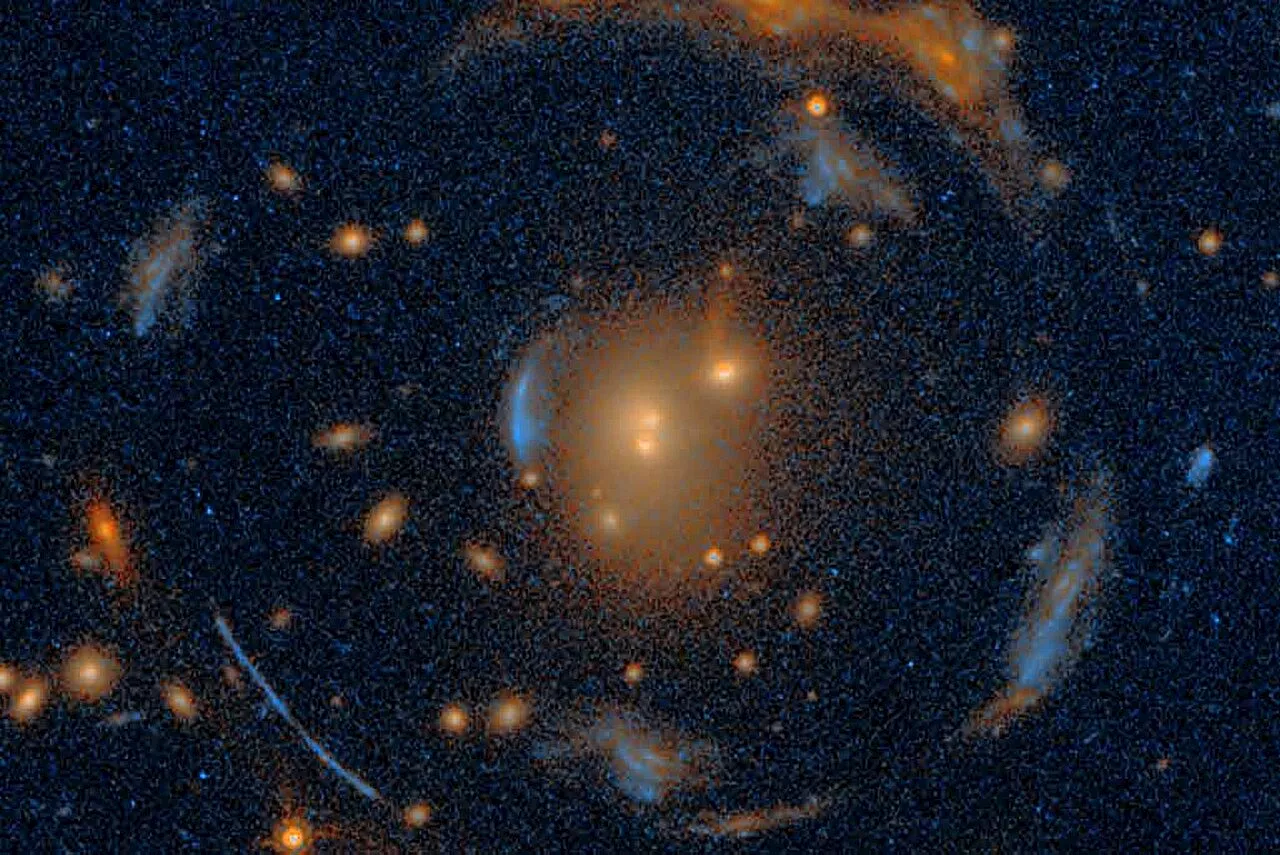 Magnifying deep space through the 'Carousel Lens'—rare alignment offers unique opportunity to study cosmologyIn a rare and extraordinary discovery, researchers have identified a unique configuration of galaxies that form the most exquisitely aligned gravitational lens found to date.
Magnifying deep space through the 'Carousel Lens'—rare alignment offers unique opportunity to study cosmologyIn a rare and extraordinary discovery, researchers have identified a unique configuration of galaxies that form the most exquisitely aligned gravitational lens found to date.
Read more »
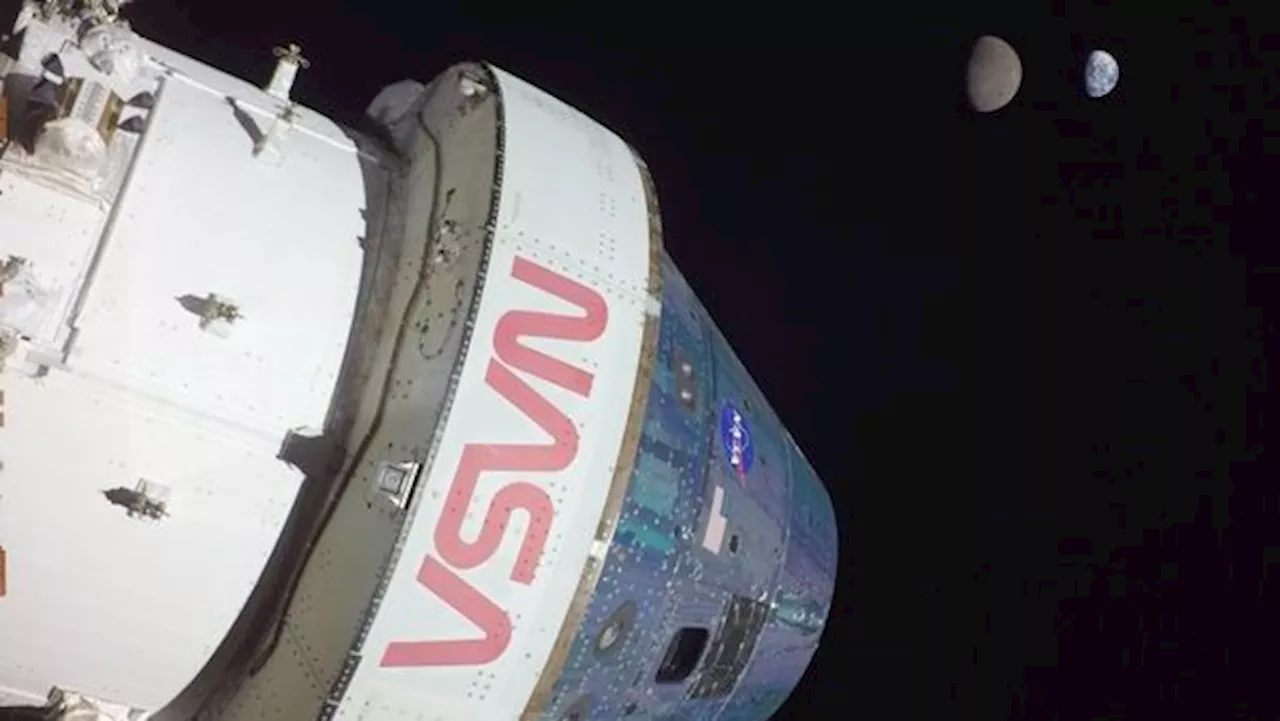 Orion spacecraft can shield Artemis astronauts from deep-space radiation, study showsAndrew is a freelance space journalist with a focus on reporting on China's rapidly growing space sector. He began writing for Space.com in 2019 and writes for SpaceNews, IEEE Spectrum, National Geographic, Sky & Telescope, New Scientist and others.
Orion spacecraft can shield Artemis astronauts from deep-space radiation, study showsAndrew is a freelance space journalist with a focus on reporting on China's rapidly growing space sector. He began writing for Space.com in 2019 and writes for SpaceNews, IEEE Spectrum, National Geographic, Sky & Telescope, New Scientist and others.
Read more »
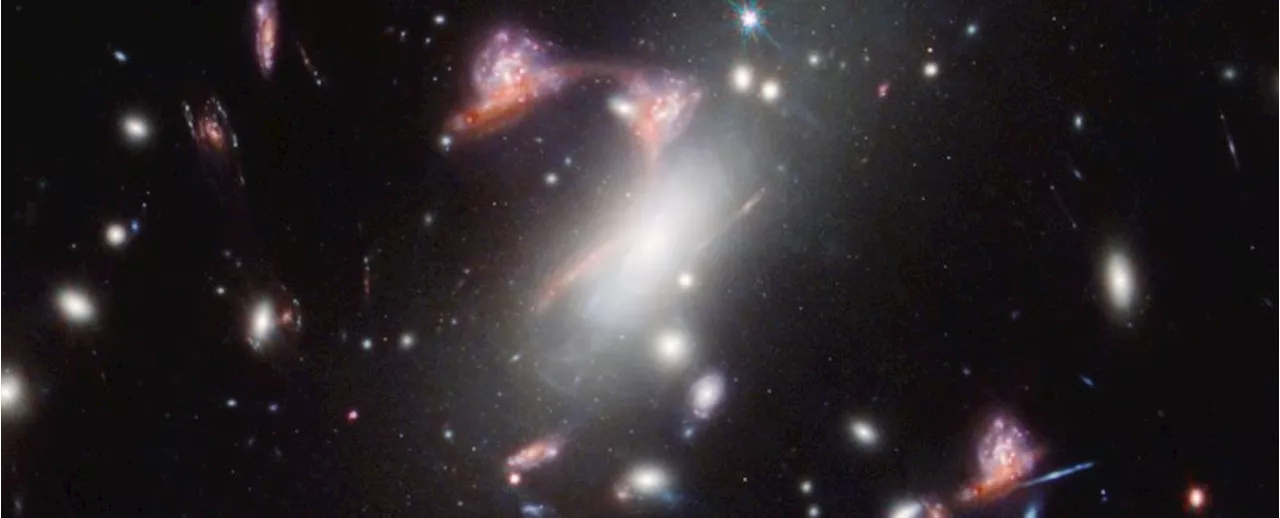 A Giant Cosmic Question Mark Has Been Identified in Deep SpaceThe Best in Science News and Amazing Breakthroughs
A Giant Cosmic Question Mark Has Been Identified in Deep SpaceThe Best in Science News and Amazing Breakthroughs
Read more »
